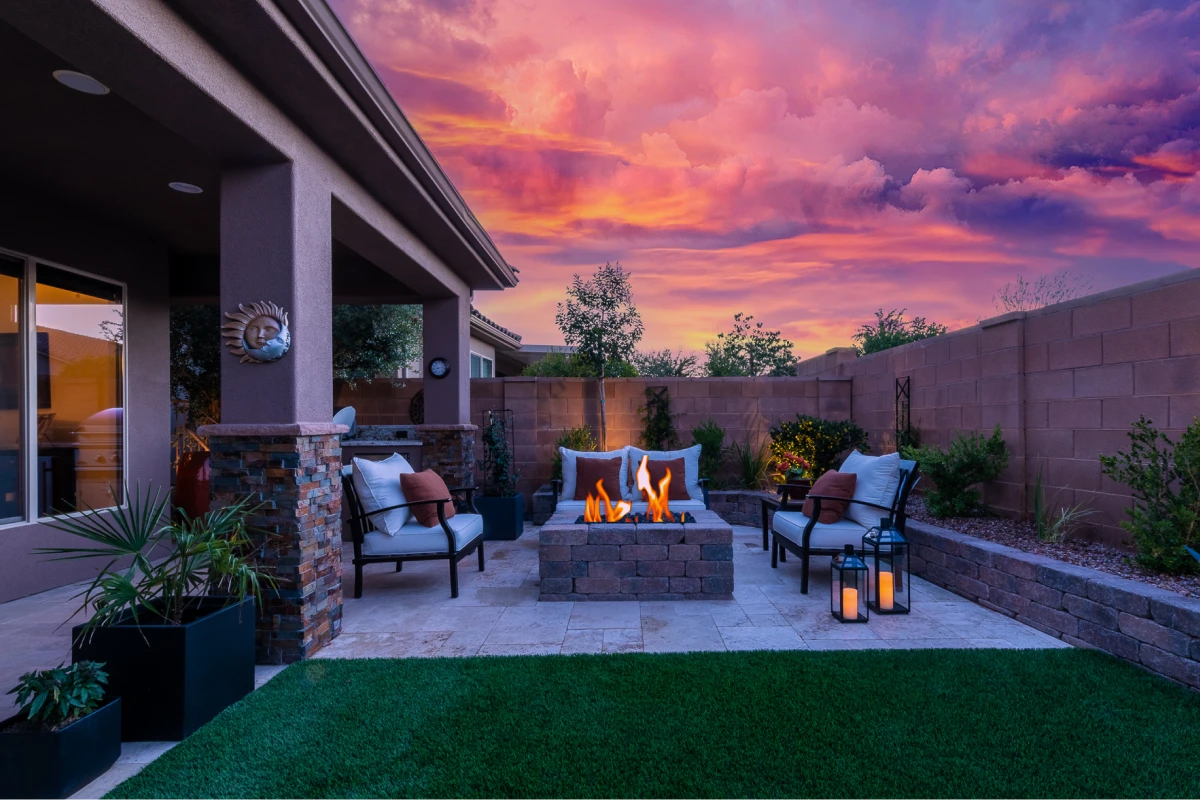
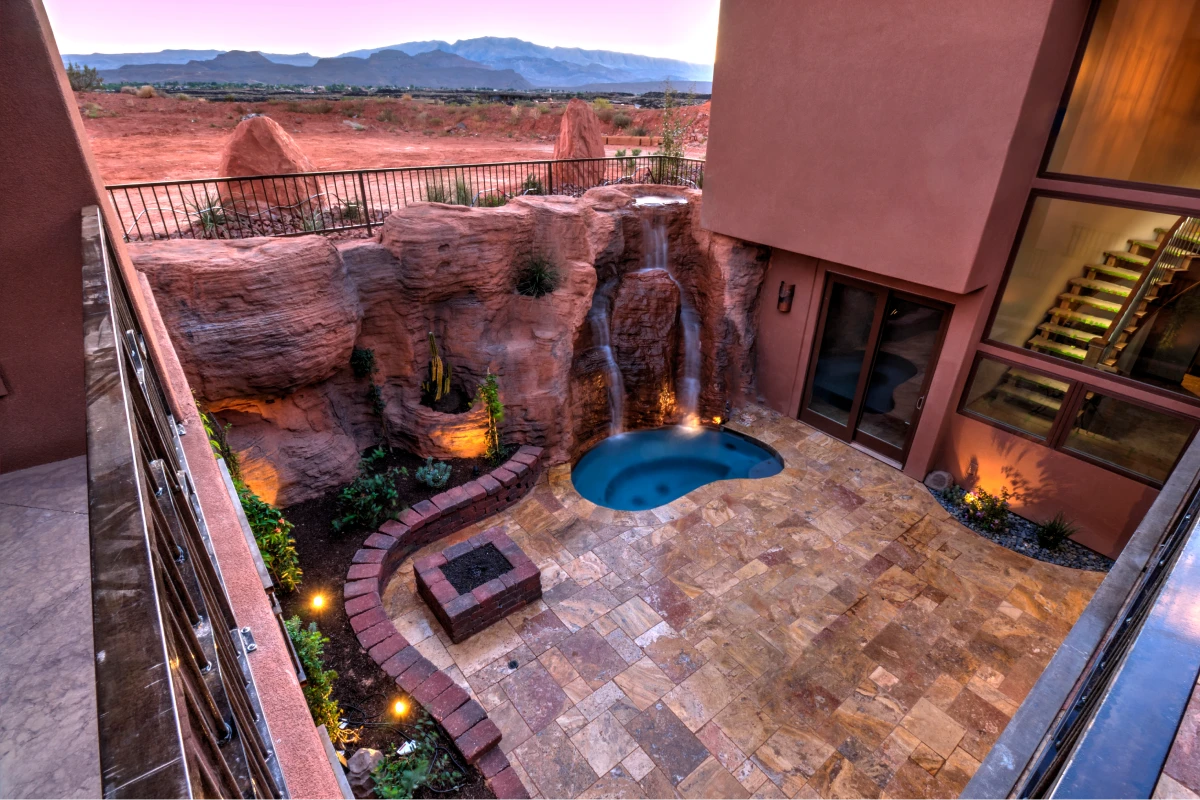
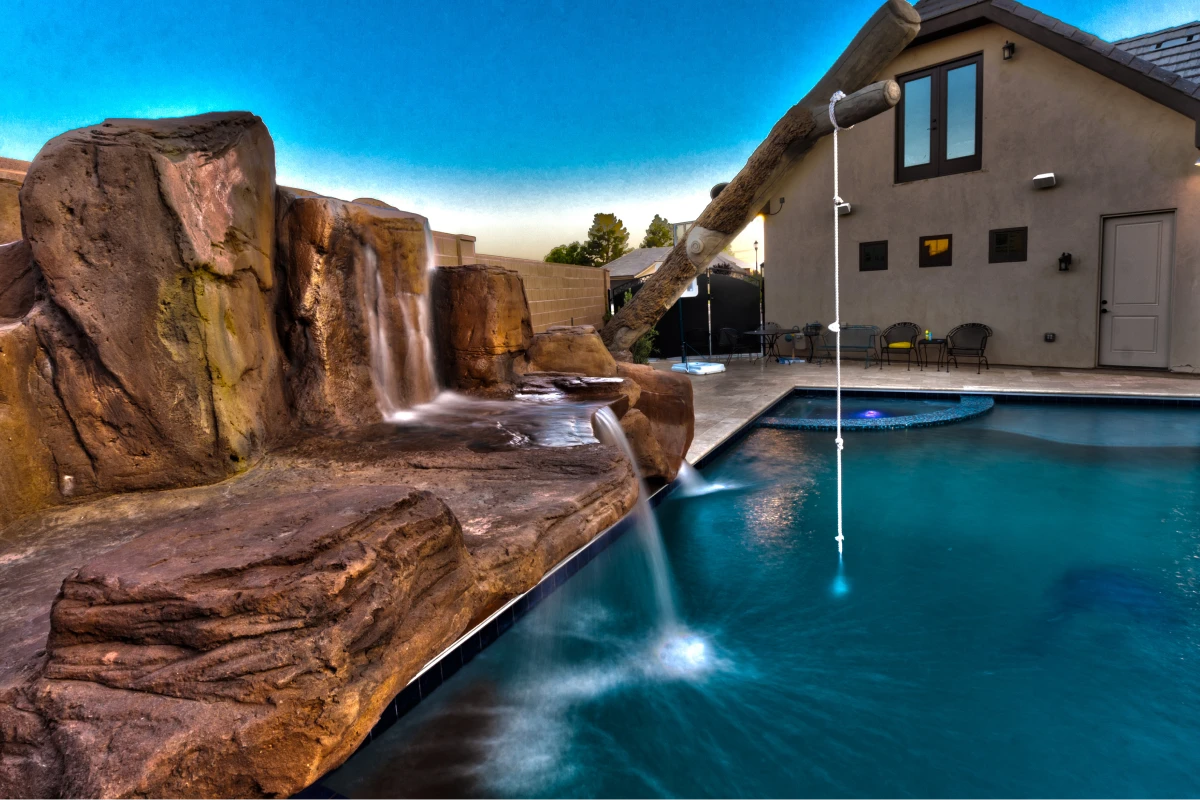
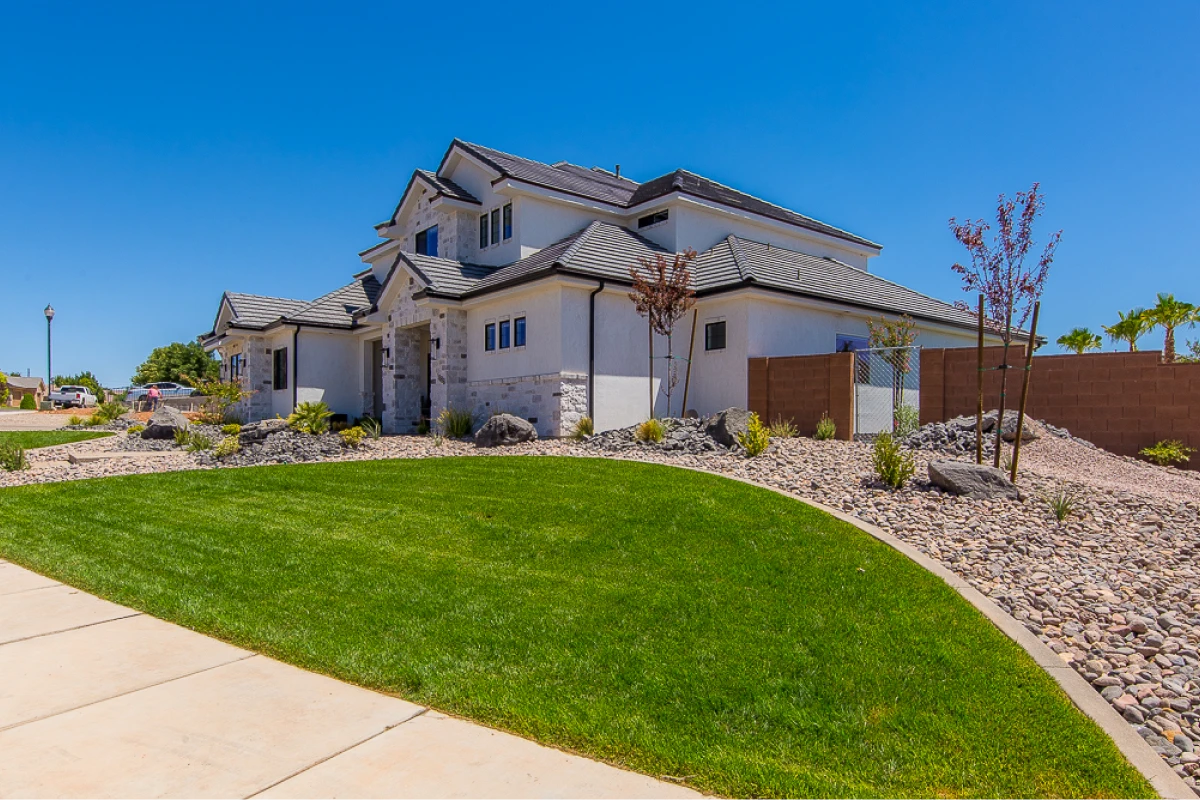
Ponds remain a highly popular choice for homeowners aiming to create a naturalistic environment. A pond can be designed in various shapes and sizes, tailored to your available space and desired look. Designing a pond requires careful thought about location and maintenance.
Outdoor Fountains add a touch of sophistication and can serve as a captivating focal point in any garden or courtyard. The sound of running water from a fountain is inherently relaxing. They come in various styles, from classic tiered designs to sleek modern structures. Consider these popular outdoor fountains:
A waterfall can be a truly stunning addition, providing both the visual appeal of movement and the soothing sound of falling water. A waterfall can be integrated into a pond or pool or stand alone as a unique landscape feature.
Beyond the main categories, consider simpler options:

Water features significantly boost the visual appeal of your outdoor space. They create compelling focal points that draw the eye, provide a cooling effect, and complement existing plantings and hardscapes. The right decorative water feature completes your landscape design, enhancing the overall ambiance.
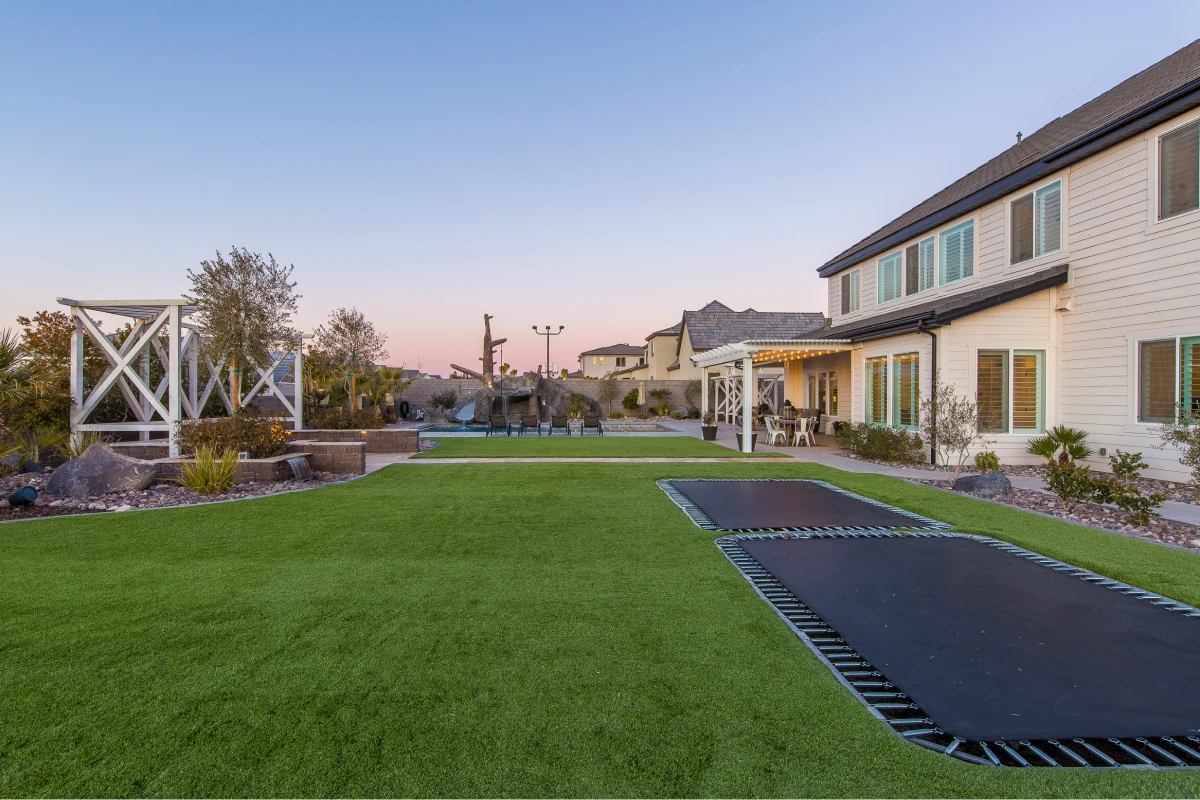
The gentle sound of running water or falling water has proven relaxation benefits, helping to reduce stress and create a peaceful environment. A well-placed water feature, like a fountain or waterfall, can turn your backyard into a tranquil retreat.
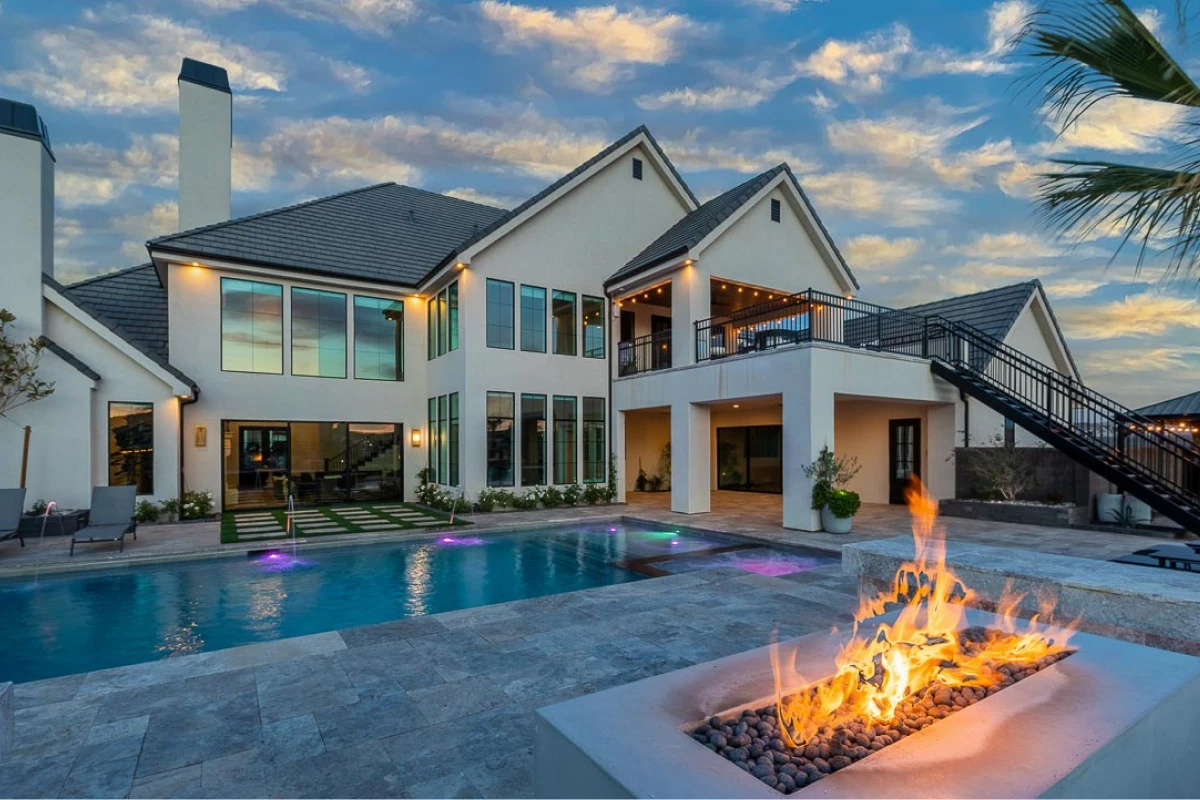
Garden water features, including a simple bird bath or the edges of a pond, attract birds, butterflies, dragonflies, and beneficial insects. While not suitable as human drinking water unless specifically filtered, this water source enhances biodiversity, creating a dynamic and engaging water garden ecosystem. Supporting wildlife is a key benefit of many outdoor water features. Consider adding aquatic plants like water lilies or floating plants to enhance habitat in ponds.
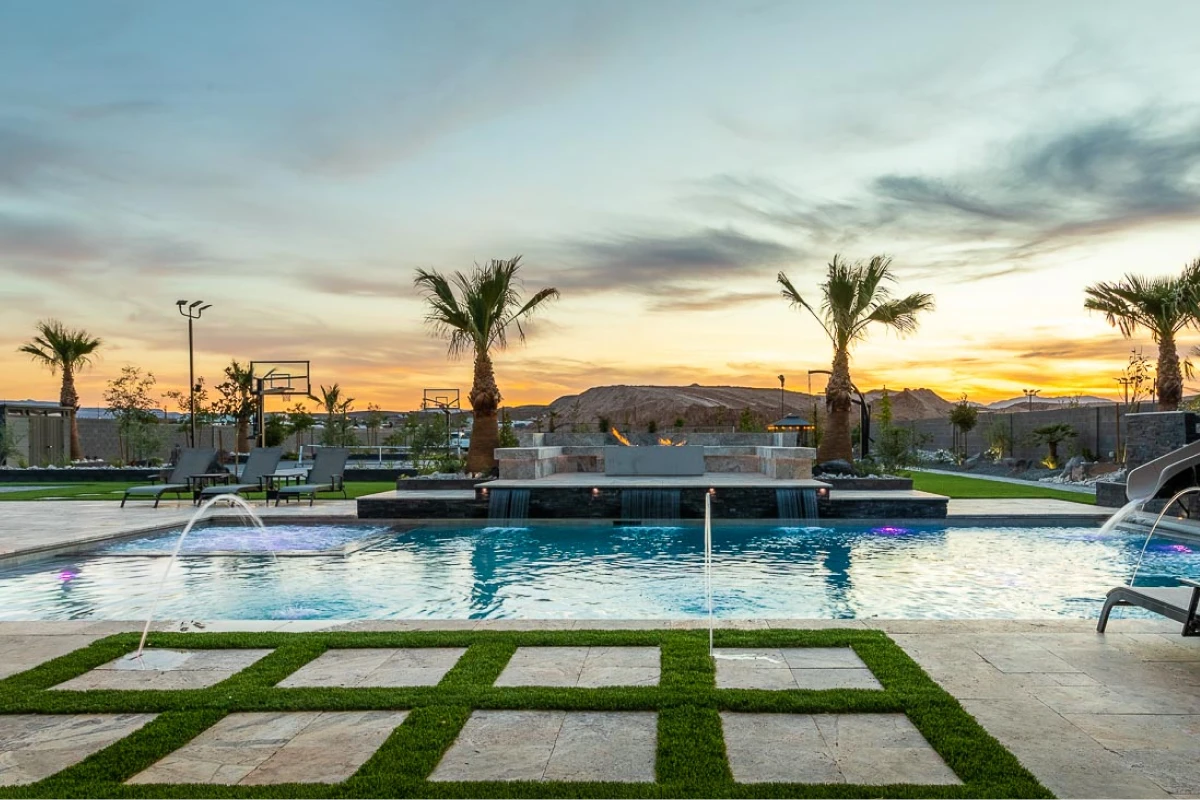
Choosing the optimal location is vital. Think about sunlight exposure (which can affect algae growth), visibility from key viewpoints (like patios or windows), proximity to power sources if needed, and how the feature integrates with existing elements in your outdoor setting. Consider the foundation for the basin or pond structure, and if a wall fountain, ensure the wall structure is suitable.
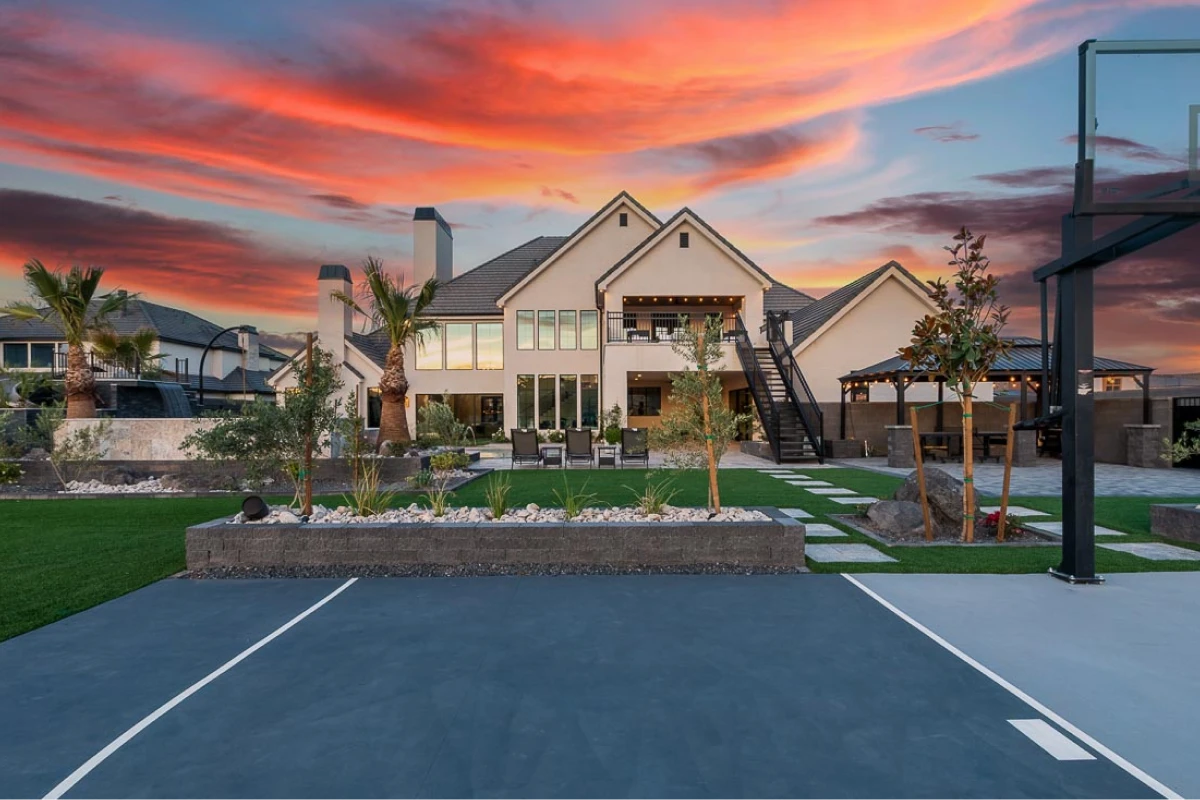
The cost of water features varies significantly based on size, materials, complexity of the water flow system, and installation requirements. From a simple water bowl to elaborate custom water features integrated with a large pool and cascading waterfall, establishing a budget early helps guide decisions. EcoGreen Landscaping & Pools offers options across a wide range of budgets.
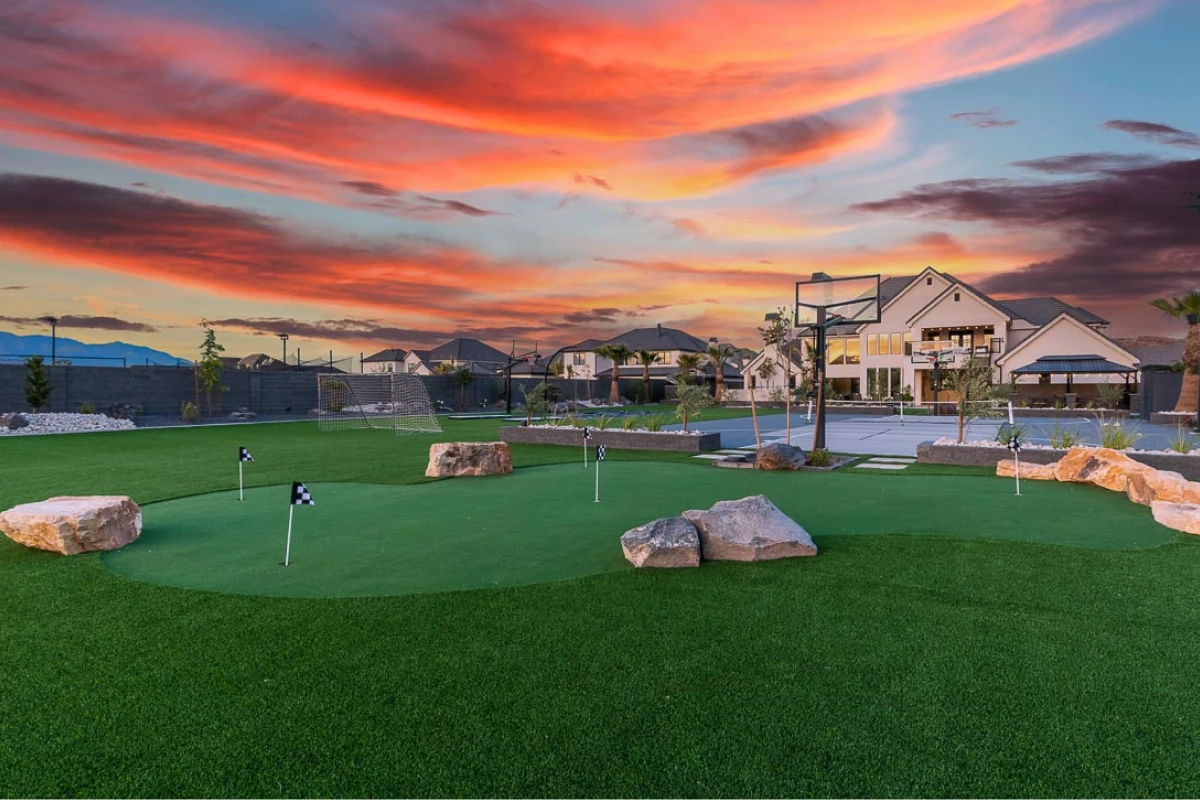
Different water features demand varying levels of upkeep. Ponds, especially a koi pond, require regular cleaning, water quality monitoring, and managing potential algae. Fountains and waterfalls may need occasional pump checks and cleaning of the basin or pebbles. Understanding the maintenance commitment helps you choose a feature that fits your lifestyle. EcoGreen Landscaping & Pools designs with low maintenance in mind, especially for our desert climate.